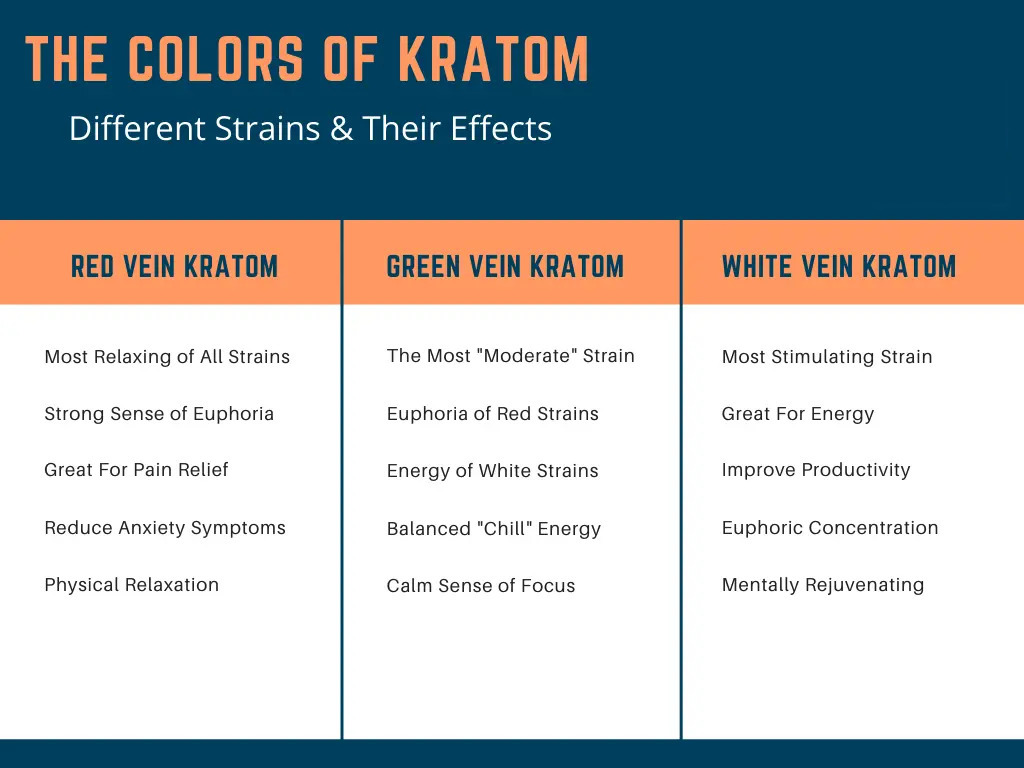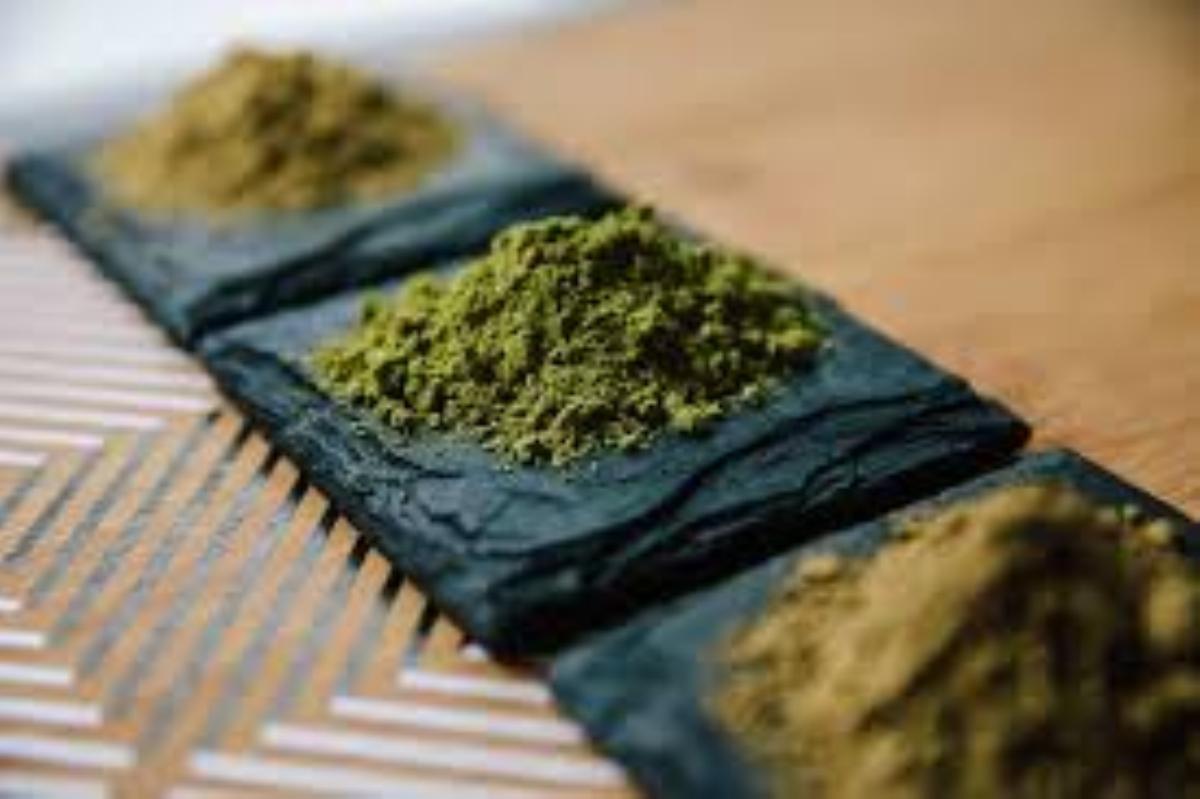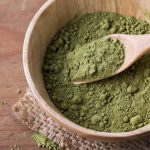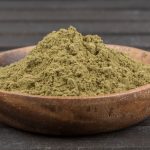Kratom Color Guide: Strains, Names, & What They Mean
Is there a more pleasing color combination out there than green, red, and white? Combined, these festive colors might remind us of Christmas, or get our tastebuds salivating for a delicious fresh picked salad.
But alas, these three colors can also be found on the leaves of Kratom plants. These colors don’t just look gorgeous; they also provide an easy, color-coded way for Kratom users to identify the different strains and their unique benefits.
Colorful Kratom – What’s in a Name?
For centuries, Southeast Asians have used the coloring of Kratom leaf veins to judge the maturity of the plant at the time of harvest, and this convention has been retained in the naming of Kratom products:
White: The youngest leaf, harvested in the shortest time
Green: A leaf with medium maturity, harvested mid-growth cycle
Red: The oldest leaf, harvested at full maturity
When buying Kratom online, you’ll often see product titles that reflect the maturity of the Kratom as well as its place of origin, such as ‘Bali Green Kratom.’ As the Kratom tree is native to Southeast Asia, you will see many recognizable names, including Sumatra and Borneo.
As you explore Kratom, you will also discover some other common names that aren’t as familiar – most commonly, Maeng Da and horned Kratom. While these were once interchangeable terms, today there are some important differences arising from mutations during the crossbreeding process:
Maeng Da: This Thai term, roughly translated as ‘pimp grade,’ describes a hybrid strain of Kratom that has been created by grafting multiple strains together to create a new hybrid that brings the parent plants’ characteristics to the child plant
Horned: This term describes the natural shape that some hybrid Kratom plants develop due to grafting. While both Maeng Da and horned Kratom can have this shape, horned Kratom usually has a higher acidic content as compared to the more alkaline Maeng Da.
You may also see Kratom powder products that don’t refer to a specific color or location. These are typically a mix of strains with more details provided in the manufacturers product description. We would call these Kratom blends rather than strains.
Why Does Kratom Powder Have So Many Colors?
This is a common question, but there is no real consensus. Some people will tell you that it’s simply a part of the Kratom tree’s natural genetic makeup: the leaf veins change color with maturity, just as shedding trees in New England offer a riot of colors every fall.
Other, more skeptical people will insist that the colors are simply a result of the drying process, which alters the color of the leaf vein and enables unscrupulous merchants to claim that various Kratom products offer different benefits – when in sad reality, they may all come from the same nondescript leaf.
The truth, as always, lies somewhere in the middle. At Kratom Education, we’ve heard of hundreds of different ways to dry the leaf. These include: drying with artificial light only, drying with sunlight only, and drying with a mixture of artificial light and sunlight.
With no consensus on best practice and plenty of loud voices clamoring for their method, the best thing you can do is research and ask your vendor questions. The more informed you are about the product’s quality and manufacturer, the better.

What About Yellow Kratom?
Well observed! Yellow Kratom is essentially a marketing term at this point, referring to a strain (or vein) that can mean a lot of things. Currently, this isn’t regarded as an official strain – it’s actually a new development in the industry – but that’s not to say that you should disregard it.
So how does yellow Kratom get made? Like the drying question, this has no real consensus. Some might say the yellowing of the leaf and its veins is simply a natural side-effect of the drying process. Others might say it’s just a dye. Some even say that yellow Kratom comes from a rare variety of the Kratom tree that grows in a specific area.
To add to the confusion, a new type of Kratom often labeled as gold is available. Gold typically refers to an enhanced product or an extract but it is also sometimes used to name more potent yellow vein strains. Consult with the vendor if you’re looking at a particular gold named Kratom strain. With Gold strains proving so popular, some vendors have chosen to go one step further and add Platinum Kratom extracts to their lineups. Platinum products are typically the strongest extracts available, so make sure to adjust your dose accordingly.
What Kratom Strain or Color Is Right for You?
There’s no doubt that the Kratom leaf is a one with a colorful history behind it. If you’re new to Kratom, then it can be confusing to get started. Now that you understand more about these colors, you can start thinking about which strain is right for you.
This can be tricky, as everyone has different needs. The best thing to do is not to think too hard and listen to other users experiences. Ask yourself what you’re hoping to achieve, and then look for a strain that offers those reported benefits. And don’t forget to ask your vendor questions! Make sure they know their stuff before trusting them with a purchase.
Whats your favorite Kratom strain or color? Let us know in the comment section below!




Leave a comment